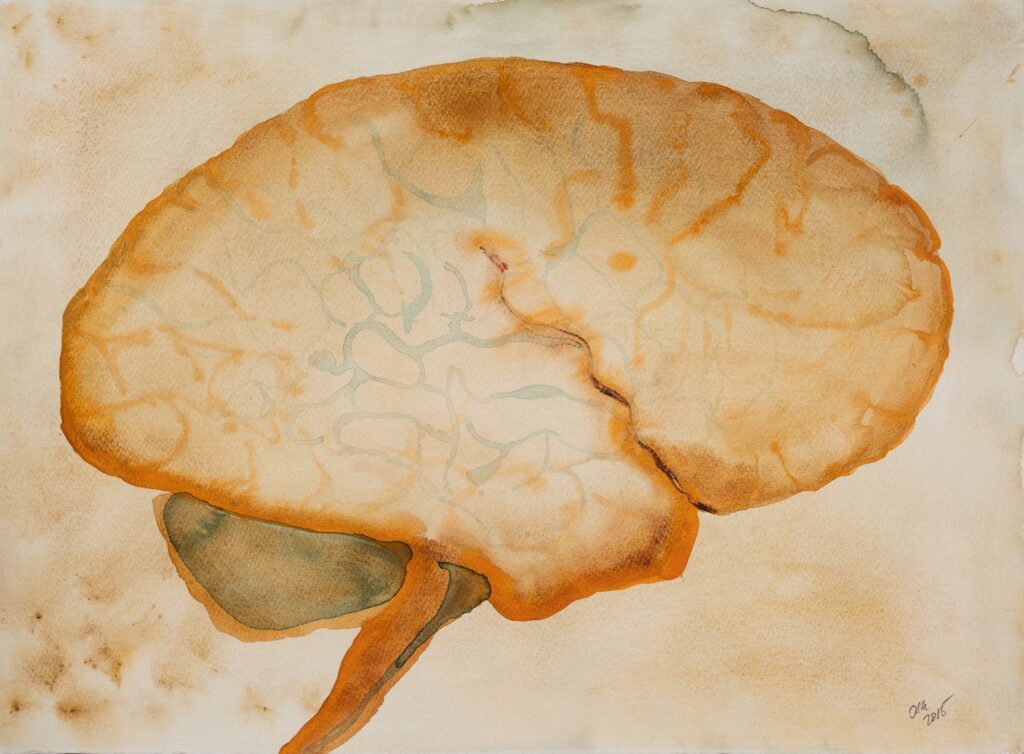Biorelevant culture of neural cells on Biolaminin substrates
Laminins are widely expressed in the nervous system and are essential for the development and function of neural cells. Biolaminins allow a long-term culture of specialized neuronal cells and better purity of transplantable neural progenitors. See our infographic and information on specific cell types below.
Neural applications
-
OtherMarch 5, 2021
Hippocampal neurons
Biorelevant culture of hippocampal neurons on Biolaminin substrates Laminin expression in the h
-
OtherMarch 5, 2021
Glial cells
Biorelevant culture of glial cells on Biolaminin substrates Microglial cells – the reside
-
OtherFebruary 26, 2021
Neural stem cells
Biorelevant culture of neural stem cells on Biolaminin substrates Laminin expression in the adult br
-
OtherFebruary 26, 2021
Cortical neurons
Biorelevant culture of cortical neurons on Biolaminin substrates Laminins are important for cortical
-
OtherMarch 2, 2021
Dopaminergic neurons
Biorelevant culture of dopaminergic neurons on Biolaminin substrates Biolaminin culture supports GMP
-
OtherMarch 2, 2021
Blood brain barrier
Biorelevant culture of blood-brain barrier cells on Biolaminin substrates Blood-brain barrier s
-
OtherMarch 9, 2021
Peripheral nervous system neurons
Biorelevant culture of spinal PNS neurons on Biolaminin substrates Sensory neurons Sensory trig
Biolaminin Key Advantages
Several laminin isoforms are expressed and functional in the nervous system. Biolaminins have successfully been used to mimic this authentic cell microenvironment for improved differentiation of the cell types in nervous system. Using Biolaminin 521, patient-derived iPSCs can be specified to neuroepithelial stem cell lines and efficiently expanded and differentiated into neurons and glial cells.
All our matrices are chemically defined and animal origin-free, which makes them ideal substrates for each level of the scientific process – from basic research to clinical applications.
Our products have consistent composition and quality. This enables minimized variability between experiments.
Numerous scientists have found our products and finally succeeded in their specific stem cell application. The power of full-length laminins incorporated into various cell systems is well documented in scientific articles and clinical trials.
What our customers say…
“We have discovered LN521 is far superior to all other alternative ECMs we have tried for hPSC culture, and have switched all our hiPSC and hESC lines to LN521 for maintenance. We’ve also found LN521 performs best for the adherence and regional specification of NPCs and neurons across several CNS differentiation protocols, including the dorsal cortex, medial ganglionic eminence, ventral midbrain, and ventral hindbrain.”
Dr. Jonathan Niclis
University of Copenhagen
Recommended products
-
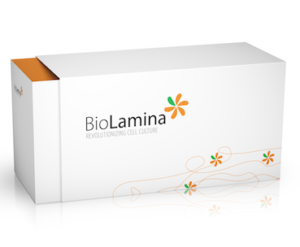
Biosilk
3D culture substrate
Biosilk is a natural biomaterial made of recombinant spider silk protein, a useful tool for a wide range of 3D culture applications, such as organoid culture and other tissue engineering applications. Biosilk can be mixed with any Biolaminin matrix for cell functionality and identity.View product -

Biosilk 521
3D culture substrate
Biosilk 521 is a natural biomaterial made of spider silk and laminin 521 – a biocompatible 3D culture mesh for expansion and long-term differentiation of human pluripotent stem cells and for organoid formation of various cell types.View product -
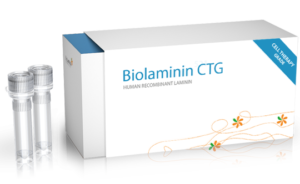
Biolaminin 521 CTG (CT521)
Full-length human recombinant laminin-521
Biolaminin 521 CTG is a full-length laminin-521 substrate designed for clinical applications.View product -
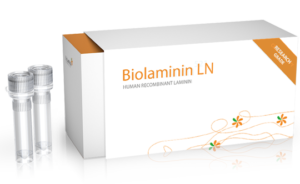
Biolaminin 211 LN (LN211)
Full-length human recombinant laminin-211
Biolaminin 211 supports the growth, survival, and differentiation of a wide range of tissue-specific cell types, including motor neurons, cardiac cells, and skeletal muscle cells.View product -

Biolaminin 221 LN (LN221)
Full-length human recombinant laminin-221
Biolaminin 221 supports the growth, survival, and differentiation of a wide range of tissue-specific cell types, including cardiac cells and skeletal muscle cells.View product -

Biolaminin 111 LN (LN111)
Full-length human recombinant laminin-111
Biolaminin 111 is a full-length laminin-111 protein—an essential extracellular matrix component for many cell types in vivo. It has proven particularly effective in supporting the differentiation of functional hepatic and neural cells in a chemically defined and xeno-free culture.View product -

Biolaminin 121 LN (LN121)
Full-length human recombinant laminin-121
Biolaminin 121 is a full-length human laminin-121 protein that can be used as a general attachment protein for many cell types in vitro.View product
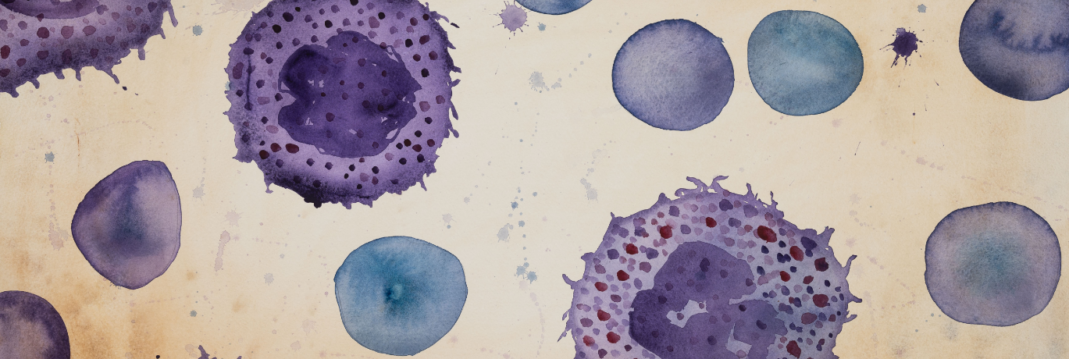
Talk to our team for customized support
We are here to help you in your journey.
